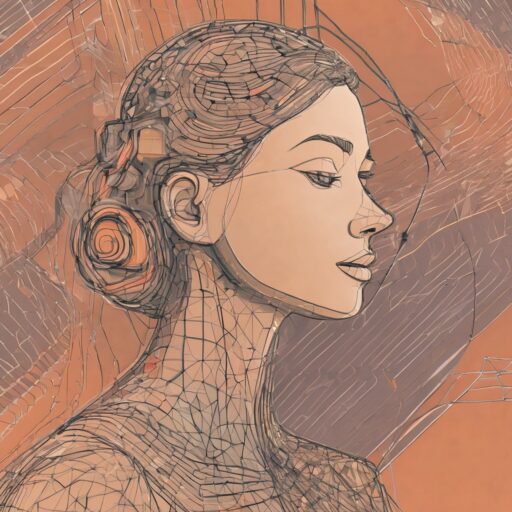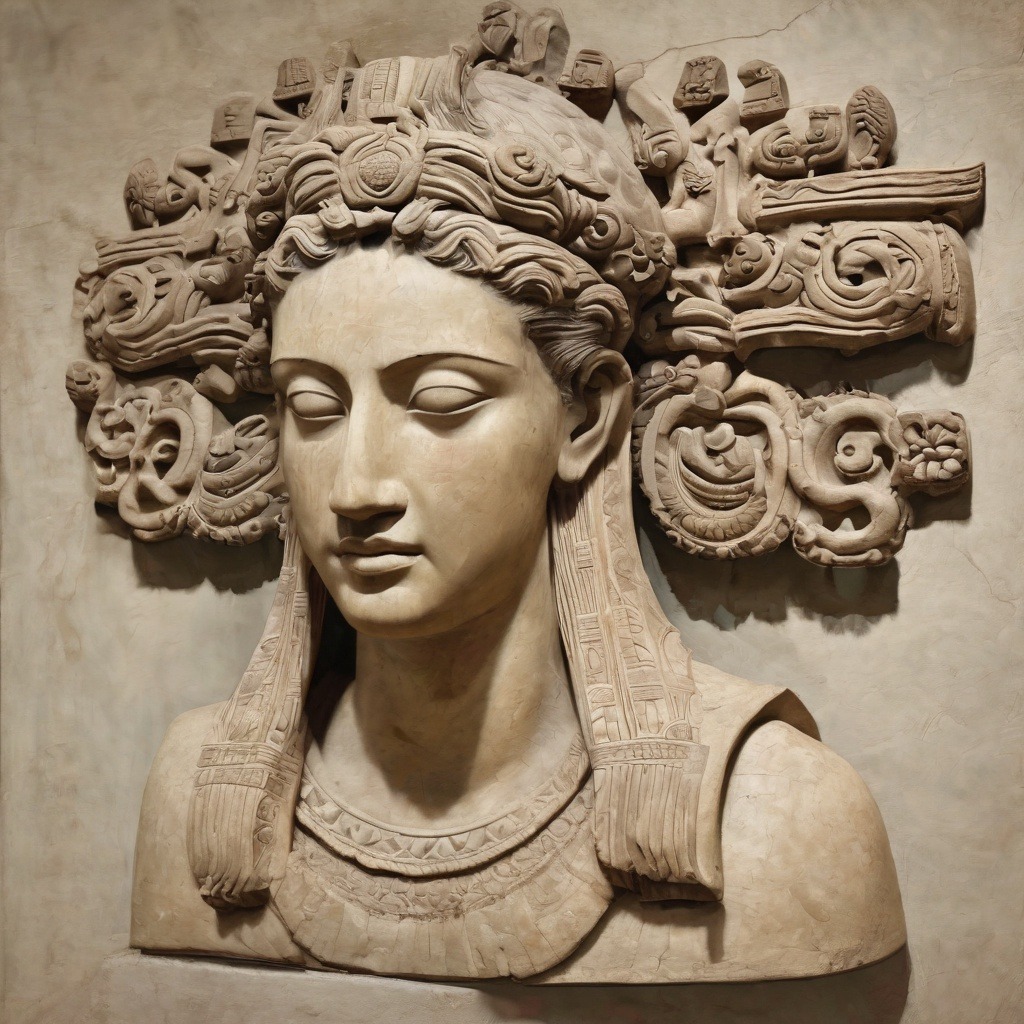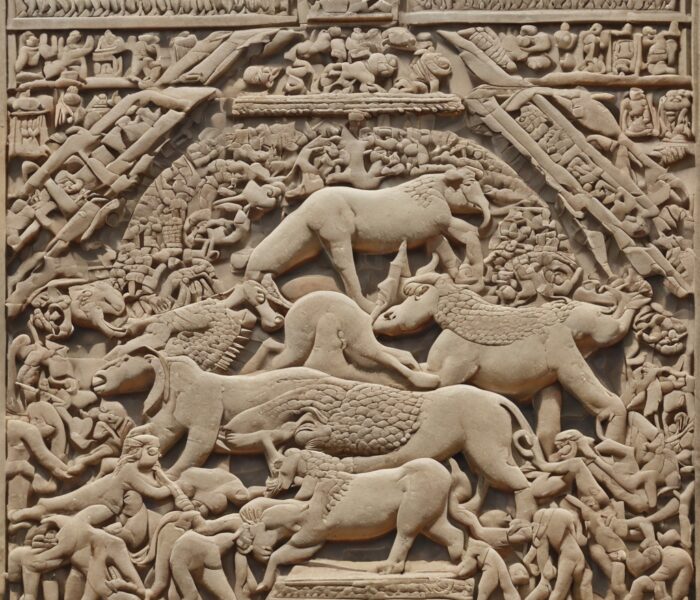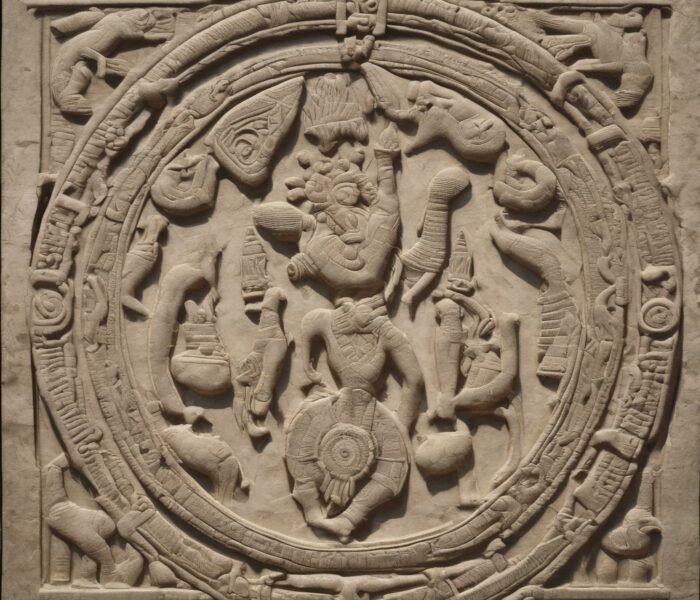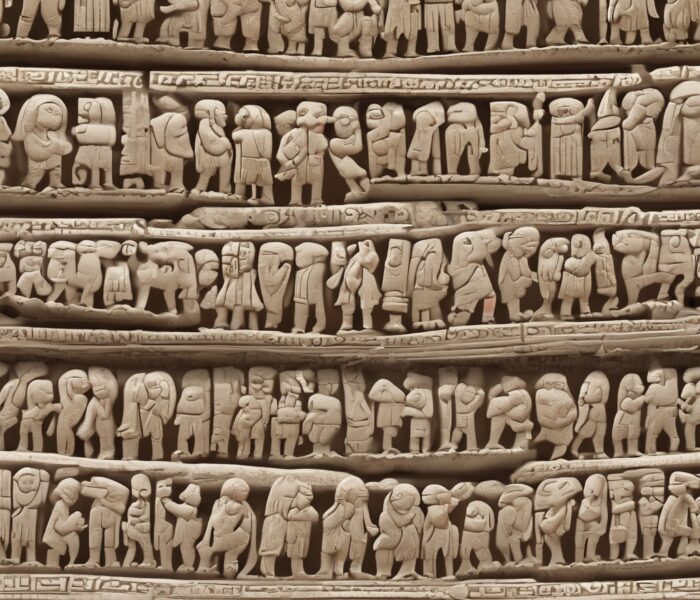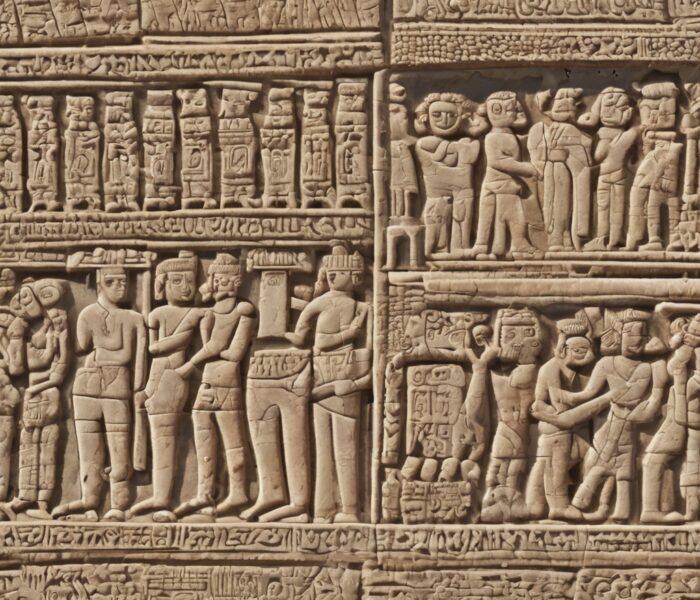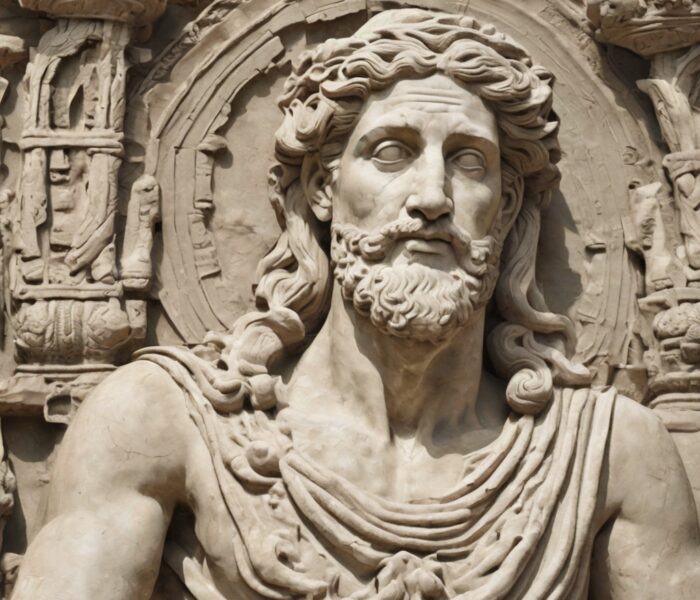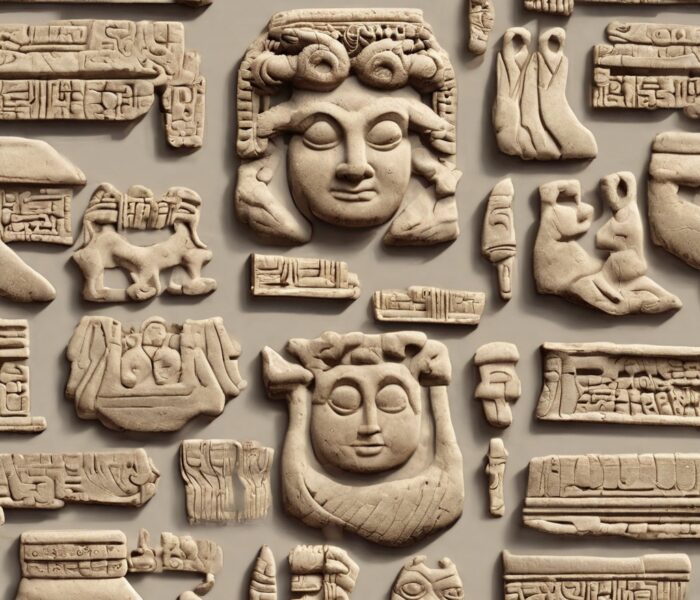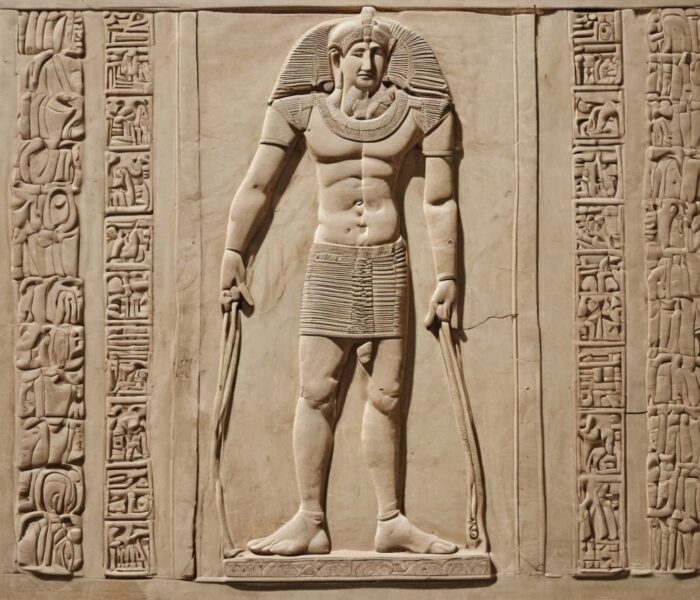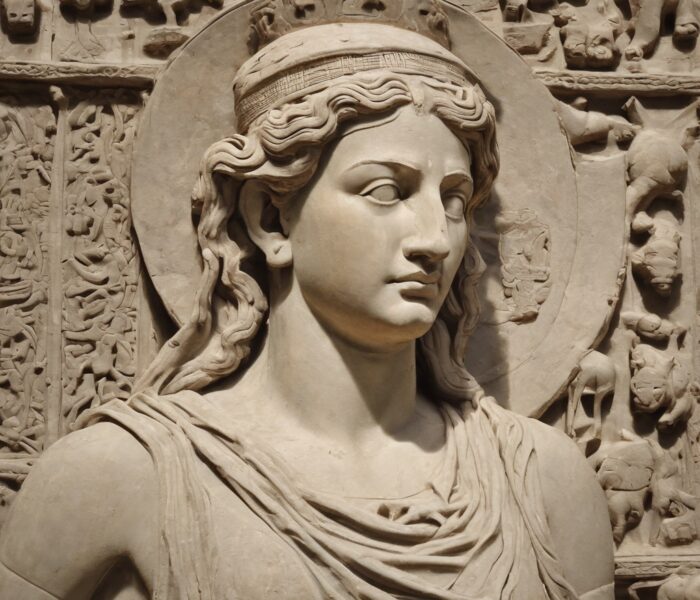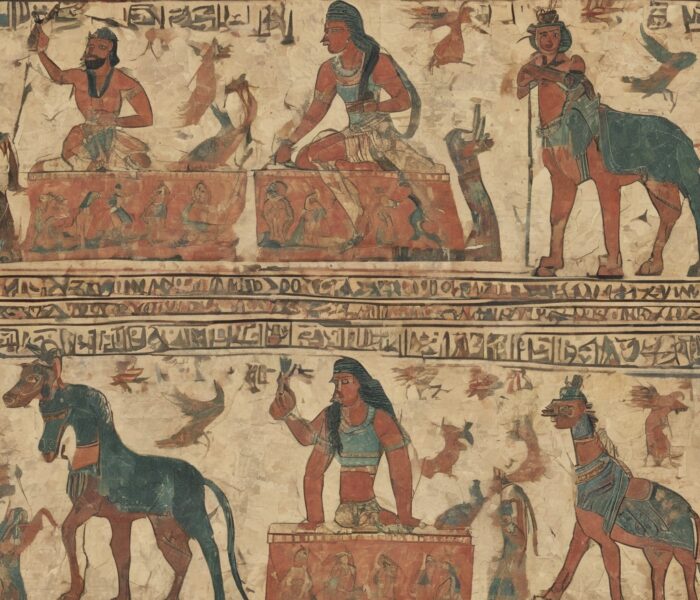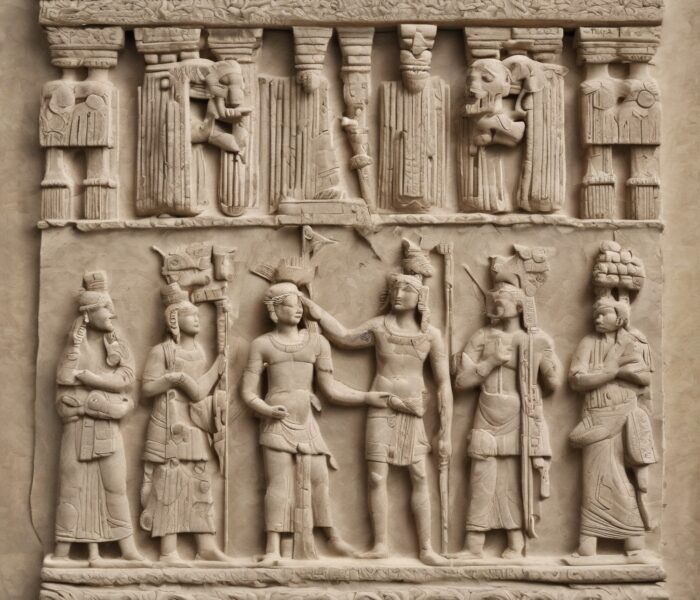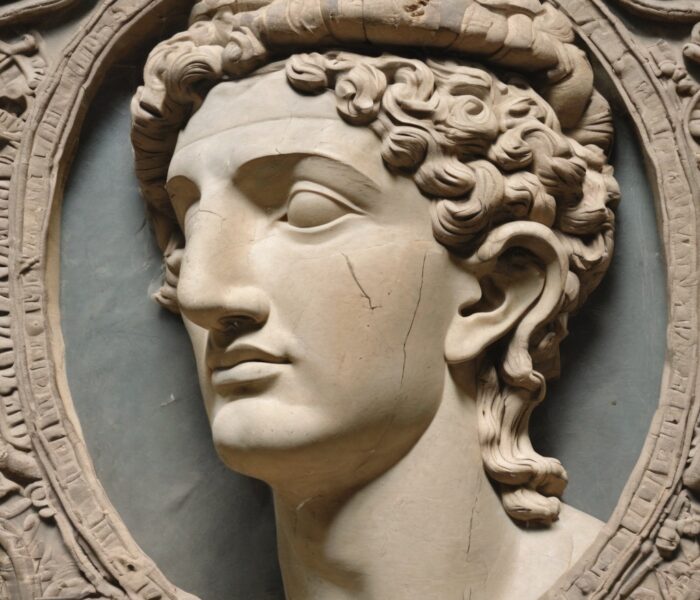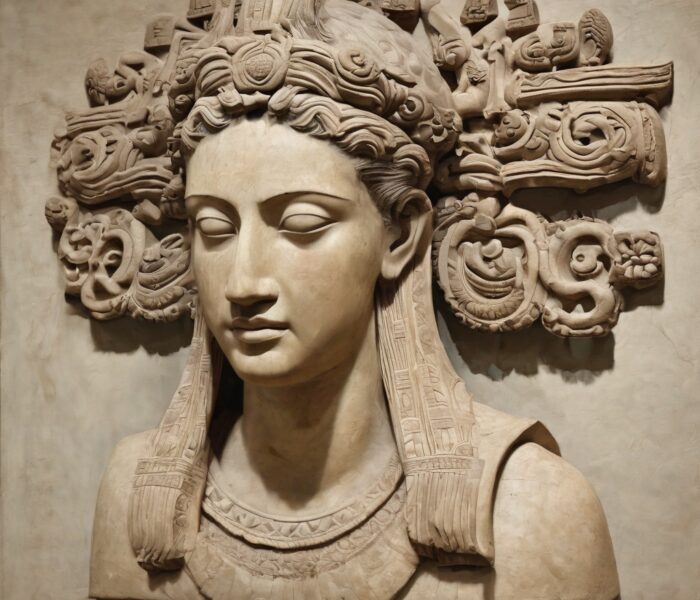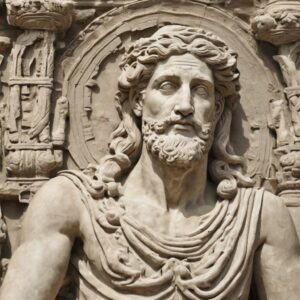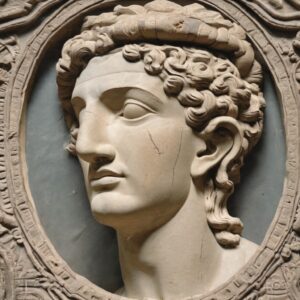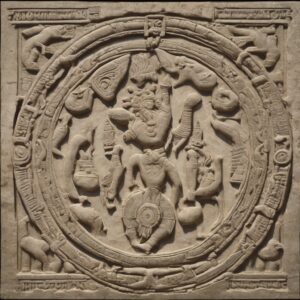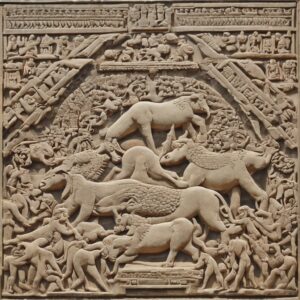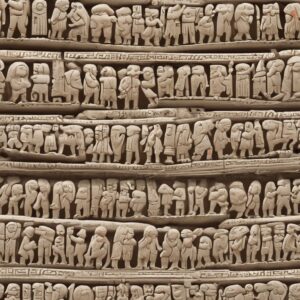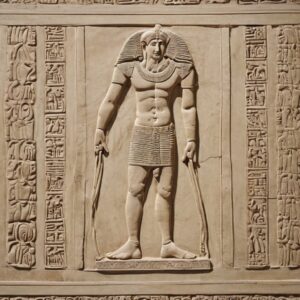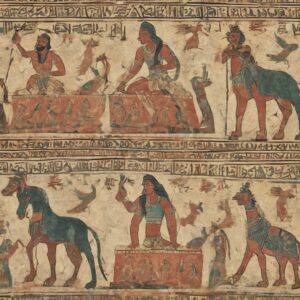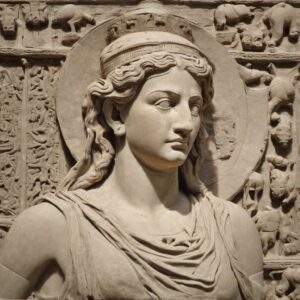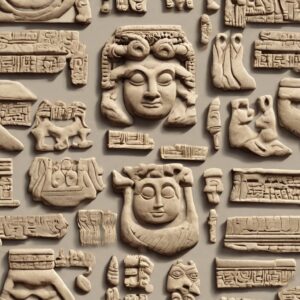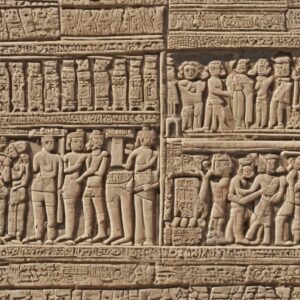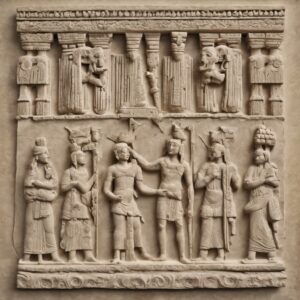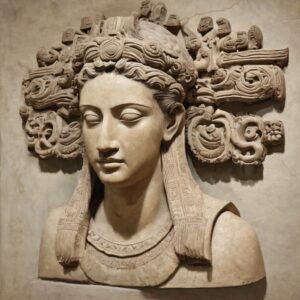
Ancient art, which encompasses the artistic productions of ancient civilizations, is a fascinating chapter in the history of mankind. From the monumental sculptures of ancient Egypt to the elegant vases of ancient Greece and the richly detailed mosaics of the Roman Empire, ancient art offers a glimpse into the aesthetic, cultural and technological achievements of bygone eras.
The use of generative artificial intelligence (AI) in the context of ancient art opens up exciting opportunities to explore the distinctive features and styles of that era and create new works that capture the essence of ancient art. Generative AI algorithms can be trained to mimic the stylistic elements and themes of ancient art and generate artworks that reflect the visual language and aesthetics of ancient cultures.
An essential feature of ancient art is its close connection to the cultural and religious beliefs of its time. Ancient artists created works of art that often depicted religious, mythological or historical themes and had a deep symbolic meaning. Generative AI algorithms can learn to recognize the symbolism and iconography of ancient works of art and generate artworks that reflect the cultural and religious traditions of past civilizations.
Another distinctive feature of ancient art is its quality craftsmanship and attention to detail. Ancient artists mastered a variety of craft techniques, including sculpture, painting, ceramics, metalworking, and mosaic art. Generative AI algorithms can learn to mimic the craftsmanship quality of ancient works of art and generate artworks that reflect the fine details and masterful execution of that era.
In addition, ancient art was often characterized by a strong connection to nature and the natural environment. Many ancient works of art contain depictions of animals, plants, and landscapes, often having symbolic meanings or reflecting the daily lives of the people of their time. Generative AI algorithms can learn to capture the natural world of ancient artworks and generate artworks that reflect the close connection between humans and nature in this era.
Generating the art style of ancient art using Artificial Intelligence (AI) requires a deep understanding of the characteristic features and styles of that era. Here are some important aspects to consider when generating art in the style of ancient art:
- Iconography and symbolism: Ancient artworks were often heavily influenced by religious, mythological, or historical themes that had deep symbolic meaning. Generative AI algorithms should learn to recognize and interpret the iconographic elements of ancient artworks to generate artworks that reflect the cultural and religious beliefs of ancient civilizations.
- Quality craftsmanship and attention to detail: Ancient artists were masters of their craft and mastered a variety of craft techniques such as sculpture, painting and ceramics. Generative AI algorithms must develop the ability to mimic the craftsmanship quality of ancient artworks and generate artworks that reflect the fine details and masterful execution of that era.
- Natural depictions and landscapes: Many ancient works of art contain depictions of animals, plants, and landscapes, often having symbolic meanings or reflecting the daily lives of the people of their time. Generative AI algorithms should learn to capture the natural world of ancient works of art and generate artworks that reflect the close connection between humans and nature in this era.
- Stylistic diversity and regional differences: Ancient art encompasses a variety of styles and techniques, which can vary depending on the time period and geographical region. Generative AI algorithms should be able to capture the stylistic diversity of ancient artworks and generate artworks that reflect the cultural differences and artistic traditions of different ancient civilizations.
- Adherence to historical contexts and conventions: It is important that generated artworks respect the historical context and artistic conventions of the ancient era. This means that the generated works should not only be stylistically correct, but should also correspond to the norms and expectations of the time in terms of content and theme.
By taking these aspects into account, generative AI algorithms can create artworks in the style of ancient art that capture the essence and spirit of this fascinating era.
Overall, the use of generative AI in the context of ancient art offers a fascinating way to explore the art of that era and create new works that bring the heritage and cultural significance of ancient cultures into a modern and technologically advanced era. By combining human inspiration with machine intelligence, new works of art can be created that capture the timeless beauty and expressiveness of ancient art.
